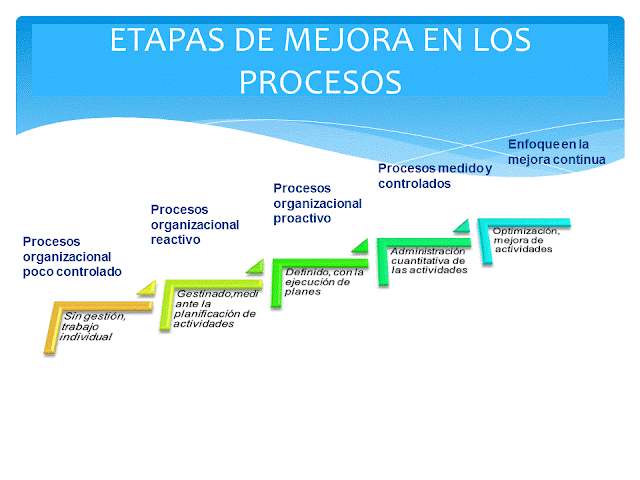Quality in public NTCGP 1000:2009
QUALITY IN PUBLIC NTCGP 1000:2009
For the executive branch of government and other bodies providing SERVICES
The principles of the Quality Management fall, integrate, complement and develop within the constitutional principles.
They have identified the following principles of quality management, which can be used by senior management, to lead the organization towards improved performance:
a) Focus on the client: the raison d'etre of the entities is to provide a service to satisfy their customers, so it is critical that institutions understand what the current and future needs of customers that meets their requirements and strive to exceed your expectations.
b) Leadership: develop an awareness to quality means that senior management of each entity is able to achieve unity of purpose within it, creating and maintaining a favorable internal environment in which public servants and / or individuals exercising public service can become fully involved in achieving the objectives of the entity.
c) Active participation of public servants and / or individuals exercising public functions: the commitment of public servants and / or individuals exercising public functions at all levels, which enables the achievement of the objectives of the entity.
d) Process approach: entities in a network of processes, which, working articulated, can create value. A desired result is achieved more efficiently when activities and related resources are managed as a process.
e) System approach to management: the fact to identify, understand, maintain, improve, and generally manage the processes and their interrelationships as a system contributes to the effectiveness, efficiency and effectiveness of institutions in achieving their objectives .
f) Continuous improvement: it is always possible to implement more practical and better ways to deliver products or provide services in the entities. It is essential that the continuous improvement of overall performance of the entities is an ongoing goal to increase its effectiveness, efficiency and effectiveness.
g) Factual approach and data for decision-making: at all levels of the organization effective decisions are based on analysis of data and information, and not simply on intuition.
h) Mutually beneficial supplier of goods or services: institutions and its suppliers are interdependent and a mutually beneficial relationship based on the contractual balance increases the ability of both to create value.
i) Coordination, cooperation and coordination, teamwork within and between organizations is important for the development of relationships that benefit customers and allow a rational use of available resources.
j) Transparency: the management of processes is based on the actions and decisions clear, therefore, it is important that institutions ensure access to relevant information and processes to facilitate social control.



Comentarios